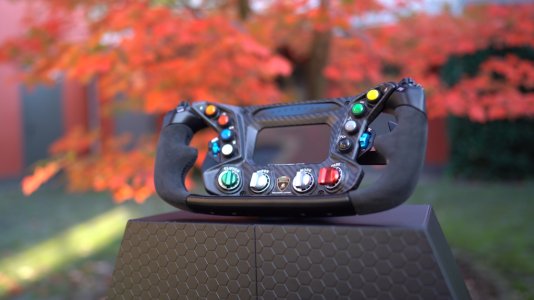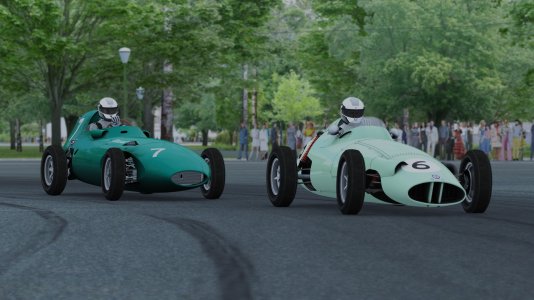In the hdv file is-
[FRONTWING]
FWRange=(5.0, 1.0, 25) // front wing range
FWSetting=17 // front wing setting
FWMaxHeight=(0.35) // maximum height to take account of for downforce
FWDragParams=(0.0185, 0.001675, 0.00001) // base drag and 1st and 2nd order with setting
FWLiftParams=(-0.348225, -0.0090, 0.000011) // base lift and 1st and 2nd order with setting(-0.318225, -0.0090, 0.000011)
FWLiftHeight=(0.920) // effect of current height on lift coefficient
FWLiftSideways=(0.25) // dropoff in downforce with yaw (0.0 = none, 1.0 = max)
FWPeakYaw=(2.0, 1.0) // angle of peak, multiplier at peak
FWLeft=(-0.05, 0.0, 0.0) // aero forces from moving left
FWRight=(0.05, 0.0, 0.0) // aero forces from moving right
FWUp=(0.0, -0.168, -0.001) // aero forces from moving up
FWDown=(0.0, 0.168, 0.001) // aero forces from moving down
FWAft=(0.0, 0.04, -0.04) // aero forces from moving rearwards
FWFore=(0.0, 0.0, 0.0) // aero forces from moving forwards (recomputed from settings)
FWRot=(0.15, 0.06, 0.22) // aero torque from rotating
FWCenter=(0.00, 0.05, -0.50) // center of front wing forces (offset from center of front axle in ref plane)
Working from memory here, the "FWLiftParams=" is the main control for downforce; positive being lift, negative being down., the first number is the primary force. The "LiftHeight" modifies this depending on ride height; "DragParams" add drag with increased wing angle; the other settings modify these depending on body/wing position with respect to straight airflow front to back (i.e. getting sideways, bumping over a curb, etc.).
Adding much more downforce than original will necessitate stiffening the suspension to keep the car from bottoming out.
You will want to keep the same ratio of front/rear wing settings as original unless you believe there is a basic aero imbalance.










